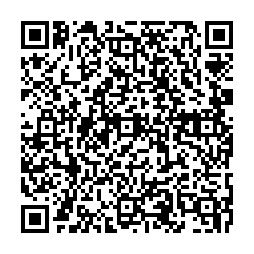This job gives me endless opportunities to observe and hear about the different meanings that people assign to libraries.
I was recently thinking about this when at the public library (the University City branch). So many of us come to university libraries straight from our experiences at school and public libraries. Public libraries are places that, to my mind, are coded as private, domestic, homey spaces, much like public schools. They are places where we assume we will be safe (or should be safe, which is why assaults at libraries and schools are so jarring). They are places that are an extension of our homes–they are places where we can be taken care of, learn things, make mistakes and still be OK. Libraries are where we go if we don’t have a desktop computer at home, or if ours is not working. They are where we go for books about gardening (to help with our gardens), cooking (to help us eat well), and an array of fiction, DVDs, and music CDs (to help us when we are bored). Our experiences with public libraries are personal ones. Perhaps this is why public librarians are so fiercely protective of their patrons’ privacy, in terms of what they borrow. The assumption is that people check things out of the library because they need that information in their everyday lives. A book about bomb-making, checked out at a public library, can mean something very particular, something personally sinister, because of the private connotations of the space.
University librarians are just as fierce in their protection of patron records as public librarians–the entire profession sees patron privacy as a crucial part of how they do their jobs.
It is NC State Law that libraries have the right to refuse to share patron records, except for in very specific circumstances. The law is as follows:
North Carolina General Statutes § 125-19, Confidentiality of library user records
(a) Disclosure. — A library shall not disclose any library record that identifies a person as having requested or obtained specific materials, information, or services, or as otherwise having used the library, except as provided for in subsection (b).
(b) Exceptions. — Library records may be disclosed in the following instances:
(1) When necessary for the reasonable operation of the library;
(2) Upon written consent of the user; or
(3) Pursuant to subpoena, court order, or where otherwise required by law.
It is traditional for most library catalog systems NOT to keep patron borrowing histories on file. That way, even if authorities come in with a subpoena, there is nothing to share. Patron privacy is provided by default, in the lack of history-keeping.
University libraries are professional spaces, places where people do the work of scholarship. If someone checks out a book on bomb-making, it’s more than likely because of a research project, and the connotaitions of that act of borrowing are less sinister than they would be at a public library. The function of the university library transforms patron attitudes (somewhat) towards privacy–if the university library knows more about borrowing/viewing habits of its patrons, it can actually better serve those patrons by directing them towards materials that they are likely to find interesting/useful. Some of our patrons have actually asked for us to direct them, within the catalog, to resources that they might find useful (much in the way Amazon suggests things based on your purchasing and viewing histories).
If we were to do this, we would have to keep patron viewing/borrowing history somewhere on our servers. Should we ever be served with a subpoena, we would have materials that we would then have to hand over. So our patrons would have to choose, between more targeted, Amazon-style recommendations from the library catalog system and absolute privacy.
I wonder which one you would choose?


